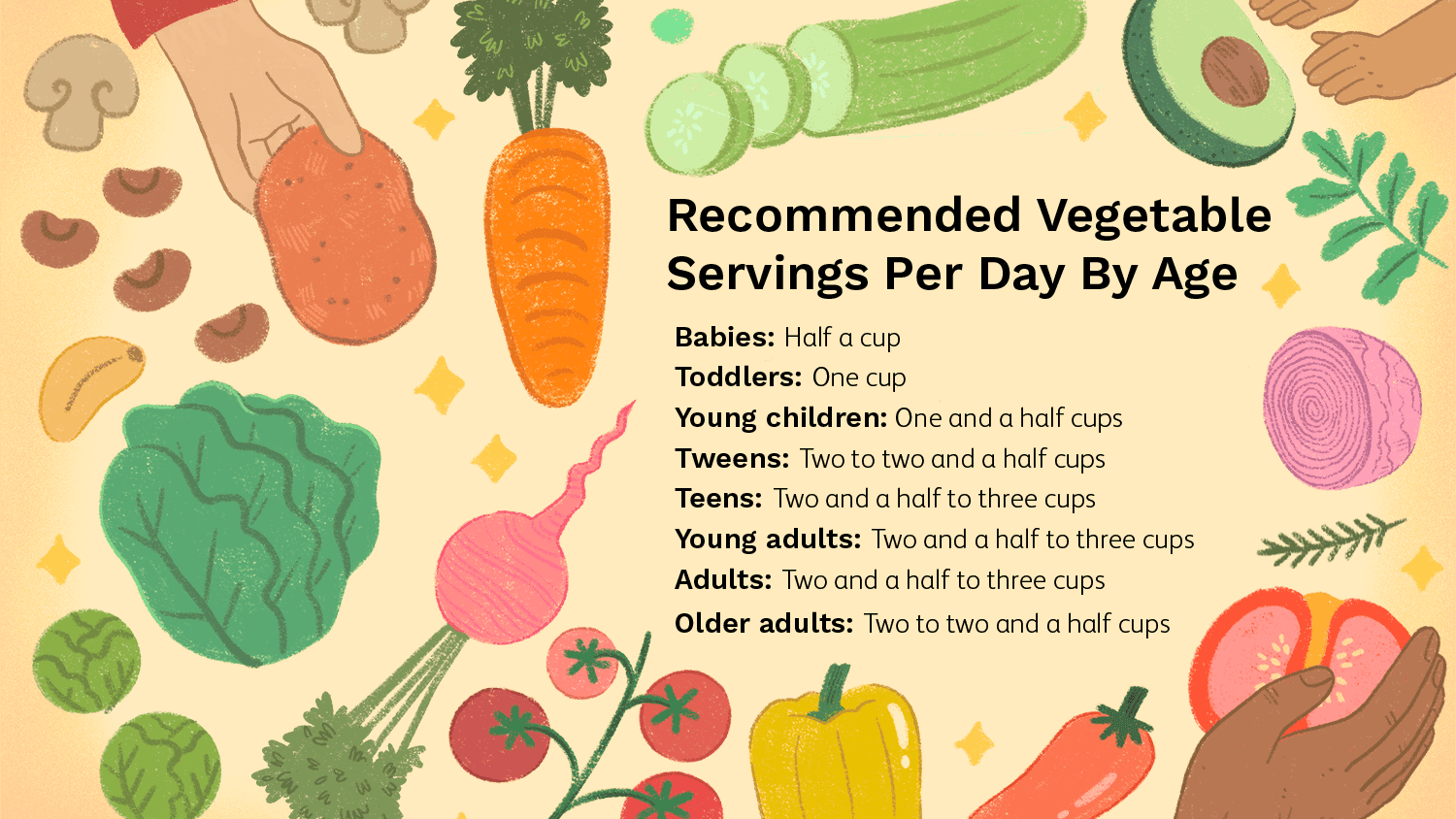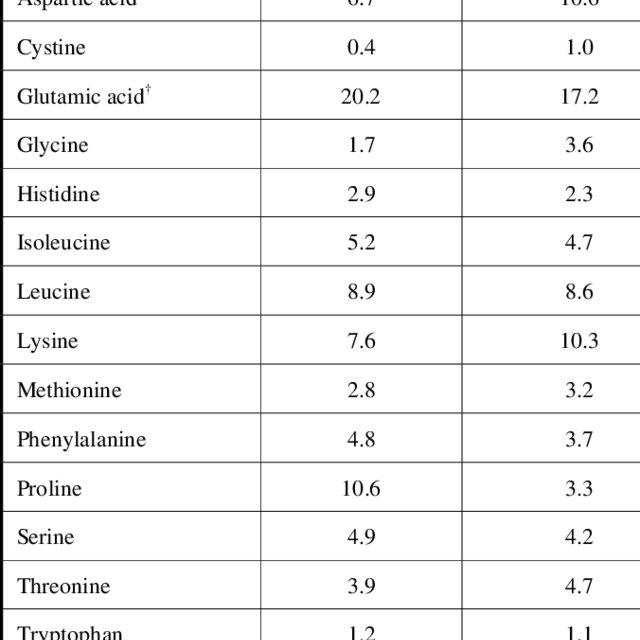
Controlling blood sugar is the main goal of a diabetic lifestyle. This can all be done through diet and exercise. Blood sugar control can be achieved by oral or insulin medication. To regulate insulin levels, it is important to have three small meals per day. Avoid empty calories like soda and fast food as they can spike blood sugar. This article will show you how these simple changes can improve your health.
Diabetes diets that are high in fat can cause blood sugar levels to rise. Obese people will have a higher blood glucose level. Overweight people are more likely to develop heart disease or cancer. Eating a balanced diet, rich in fiber, low in fat, sodium, and cholesterol, and being physically active are also important parts of a diabetic lifestyle. Limiting sweets, alcohol, processed foods, and other sugary drinks is also important.

There are many different ways to get enough proteins in your diet. Meat, fish, and chicken are rich in high-quality protein. Vegetarians can also eat soy-based tofu and tempeh, as well as beans, nuts, and legumes. A healthy diet should include a variety. Even if your diet doesn't include meat or dairy products, it is still important to consume a variety of protein-rich foods.
A diabetic diet is an essential part of a healthy lifestyle. Diabetics are more likely than others to suffer from stroke and heart disease. A healthy diet will increase your life expectancy as well as lower the chances of developing many other health conditions. Your risk of developing heart disease or high blood sugar can be reduced by controlling your blood sugar. It will not adversely affect the person's efforts at controlling their disorder.
The goal of a diabetic diet is to limit the amount of time that a person spends sitting. This is essential to manage blood glucose. High blood pressure can make it difficult for someone to exercise. This is why they must be prescribed medication. For diabetes, the average person should not exercise longer than 30 minutes per week. Also, diabetics need to limit their alcohol intake. A person should also eat more fruits, vegetables, and other healthy foods.

The ADA recommends a diabetic lifestyle that is low on fat and high in sugar. This diet should be low in saturated fat and sugar. Drinking 100% fruit juice is a wonderful idea. Diabetic should not drink "cocktails", or any other sugary beverages. They should stick with water and eat with food. For diabetics, it is not a good idea to drink sugar substitutes from soft drinks. In addition, a diabetic should limit the amount of saturated fats in their diet.
FAQ
How often should you exercise?
For a healthy lifestyle, exercise is vital. There is no set time limit for exercising. Finding something that you love and sticking with it is the key.
If you work out three times a week, then aim to complete 20-30 minutes of moderate intensity physical activity. Moderate intensity is when you still have to breathe hard after the workout. This type is good for burning around 300 calories.
Walking is a great option if you are a keen walker. You can do 10-minute walks four days per week. Walking is low in impact and easy for your joints.
You can also run for 15 minutes, three times per week. Running is a great way of burning calories and building muscle tone.
Start slowly if you aren't used to doing exercise. Begin by only doing 5 minutes of cardio five times per week. Gradually increase the duration until you reach your goal.
Exercise: Good for immunity or not?
Exercise is good exercise for your immune system. When you exercise, your body produces white blood cells which fight off infections. You can also eliminate toxins from the body. Exercise helps prevent diseases like cancer and heart disease. Exercise can help reduce stress.
However, overtraining can damage your immune system. Your muscles can become sore if you exercise too much. This can lead to inflammation and swelling. Your body will then produce more antibodies in order to fight infections. These extra antibodies can lead to allergies or autoimmune disorders.
So, don't overdo it!
What is the problem of BMI?
BMI stands for Body Mass Index, which is a measurement of body fat based on height and weight. The following formula can be used to calculate BMI.
Weight in kilograms divided with height in meters.
The result is expressed using a number from 0 through 25. A score of 18.5 or higher indicates overweight, while a score of 23 or higher indicates obesity.
A person who is 100 kg in weight and 1.75m in height will have a 22 BMI.
Why does weight change as we age?
How do I know if my bodyweight changes?
Weight loss occurs when there is less fat than muscle mass. This means that the amount of calories consumed must exceed the amount of energy used daily. Low activity levels are the most common cause for weight loss. Others include pregnancy, hormonal imbalances or certain medications. When there is more fat than muscles, it's called weight gain. It occurs when people eat more calories than what they use in a given day. Overeating, increased physical activity and hormonal changes are all common reasons.
Our bodies lose weight because we eat fewer calories than we burn. Exercise regularly increases your metabolism rate, which allows you to burn more calories every day. This doesn't necessarily mean we will lose weight. What matters is whether we are losing fat or building muscle. If we're burning more calories than we're consuming then we're going to lose weight. If we consume more calories that we burn, we are actually storing them in fat.
As we age, we become less agile and don't move as often. We also tend to eat less food than we did when we were younger. As a result, we gain weight. We also tend to look larger because we have more muscle.
There's no way to tell how much weight you've lost unless you weigh yourself every week. There are many options for measuring your weight. You can check your waist size, your hips, your thighs, your arms, etc. Some people prefer to use bathroom scales while others like to use tape measures.
You can track your progress by weighing yourself at least once per week and measuring your waistline every month. To see how far you have come, you can take photos of yourself every few month.
Online measurements of your height and weight can help you determine your body mass. You'd likely weigh 180 pounds if you were 5'10 tall and 180 pounds if you were 180lbs.
What are the 10 best foods to eat?
The 10 best foods to eat include:
-
Avocados
-
Berries
-
Broccoli
-
Cauliflower
-
Eggs
-
Fish
-
Grains
-
Nuts
-
Oats
-
Salmon
Statistics
- According to the 2020 Dietary Guidelines for Americans, a balanced diet high in fruits and vegetables, lean protein, low-fat dairy and whole grains is needed for optimal energy. (mayoclinichealthsystem.org)
- The Dietary Guidelines for Americans recommend keeping added sugar intake below 10% of your daily calorie intake, while the World Health Organization recommends slashing added sugars to 5% or less of your daily calories for optimal health (59Trusted (healthline.com)
- According to the Physical Activity Guidelines for Americans, we should strive for at least 150 minutes of moderate intensity activity each week (54Trusted Source Smoking, harmful use of drugs, and alcohol abuse can all seriously negatively affect your health. (healthline.com)
- WHO recommends reducing saturated fats to less than 10% of total energy intake; reducing trans-fats to less than 1% of total energy intake; and replacing both saturated fats and trans-fats to unsaturated fats. (who.int)
External Links
How To
How to Live a Healthy Lifestyle
A healthy lifestyle is one in which you are able maintain your weight and health. It's a way of living that includes eating well, exercising regularly, getting enough sleep and avoiding harmful substances such as alcohol, caffeine, tobacco, drugs, and so on. Being healthy will make you feel more confident and fit. Healthy lifestyles can also reduce the risk of chronic diseases, such as stroke, heart disease, diabetes, cancer, osteoporosis and arthritis.
The primary goal of this project was provide a step to help people live a healthier lifestyle. The first part of the project consisted of writing the introduction, which explains what a healthy lifestyle is, why people should adopt a healthy lifestyle and who we are. The body paragraphs contain tips on how to maintain a healthy lifestyle. Finally, I wrote the conclusion. This summarizes the entire article, and provides additional resources, if needed.
This assignment helped me learn how to write a clear and concise paragraph. I learned how my ideas could be organized into topic sentences. Furthermore, I was able to improve my research skills by being able to identify specific sources and correctly cite them. I also learned how to write with proper grammar.